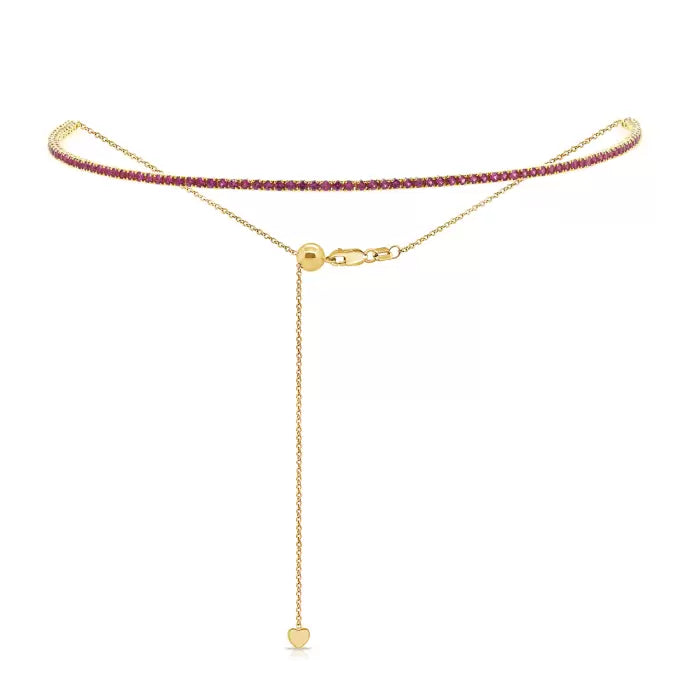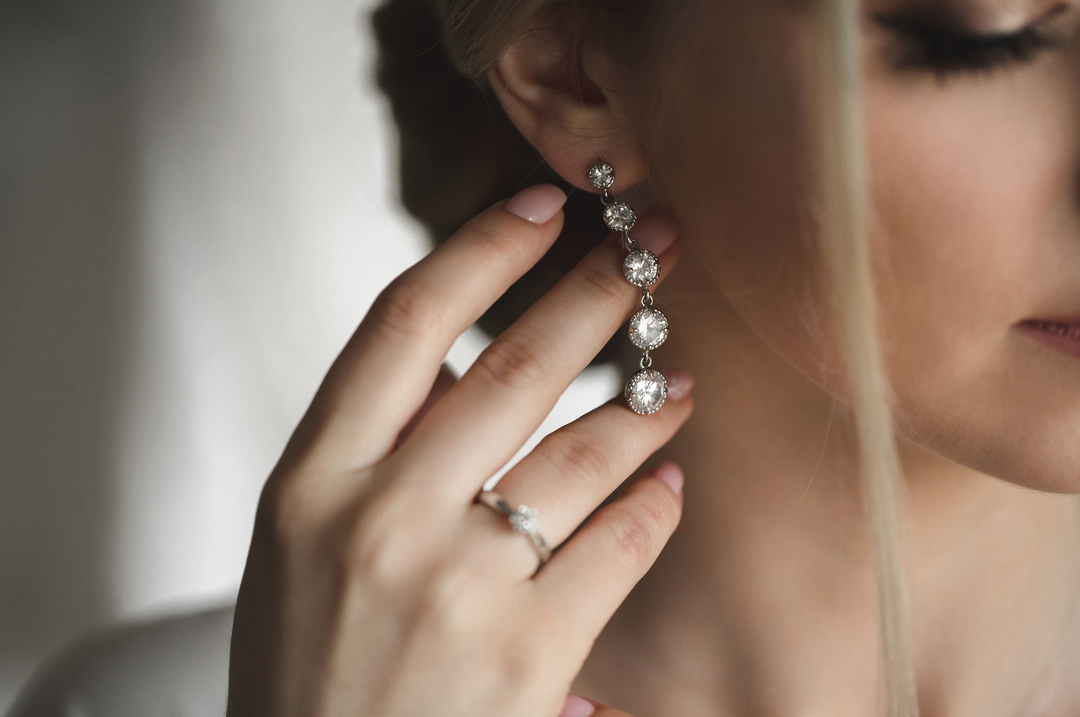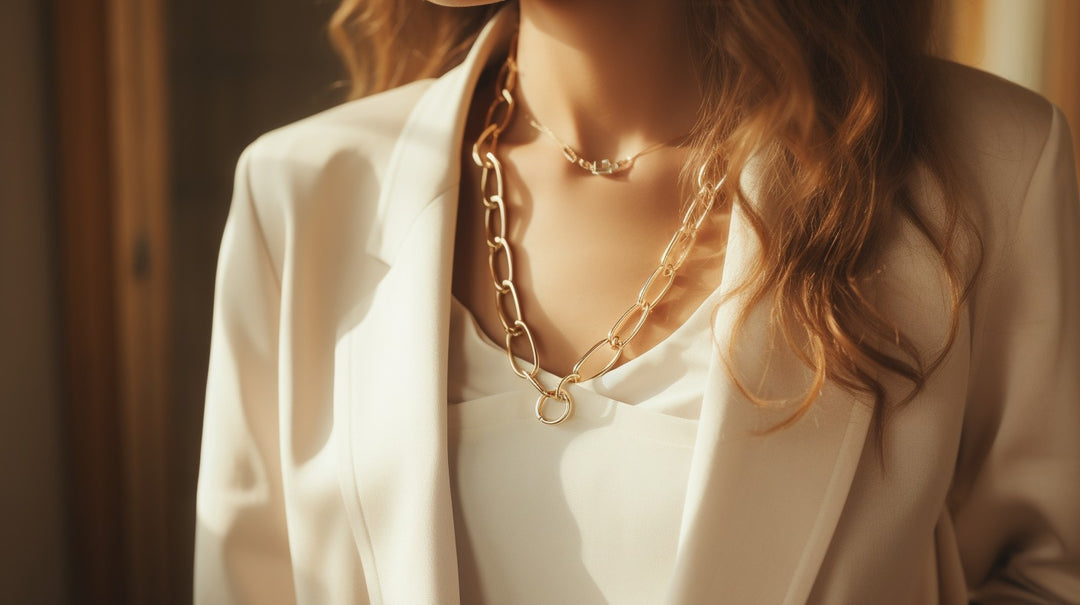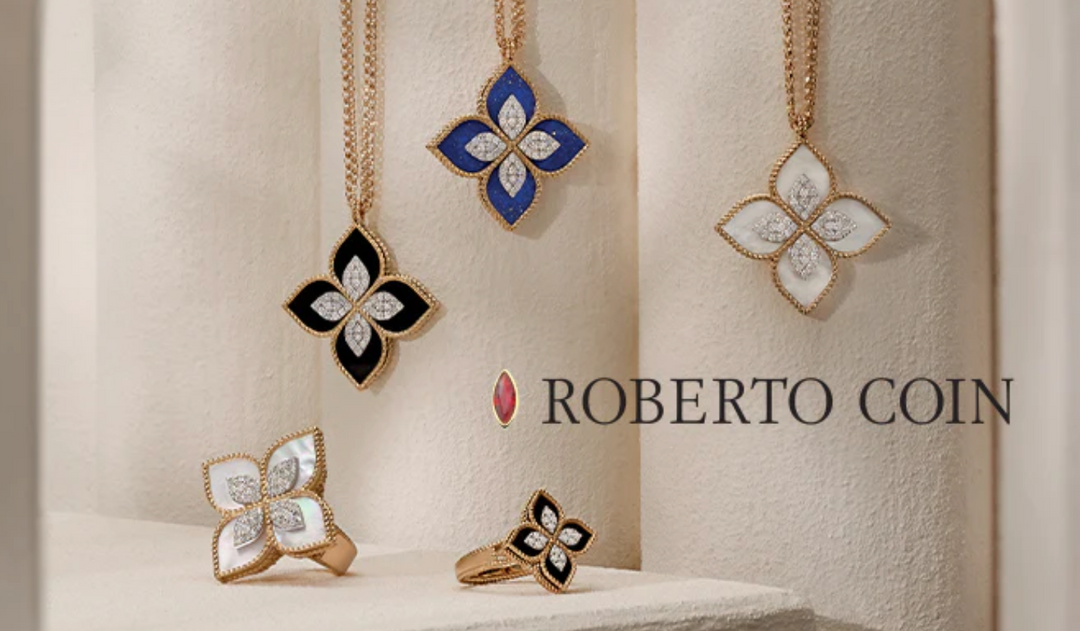Stunning Sapphires for September
Okay, September babies! This is your month. But then again, why not share the love? After all, your birthstone, the stunning sapphire, is such a versatile gemstone that it really fits any personality and any occasion.

A Little About Sapphires
Sapphires are only second to diamonds when it comes to their popularity. But let’s be honest – this blue beauty stands on its own merits.
Often associated with love, nobility, sincerity, truth, and fidelity, sapphires adorned the clergy and royalty. They were the purview of the elite for centuries. Ancient Greeks and Romans believed the sapphire offered protection from harm and envy, and the stone is reputed to have healing powers. During the Middle Ages, many even believed that sapphires symbolized Heaven and brought about heavenly blessings.
A unique type of sapphire is the star sapphire. The stone’s stunning star effect, which is known as asterism, appears as a six-ray star across a cabochon-cut stone’s curved surface. The ‘star’ is a result of white light reflecting from numerous tiny needle-like inclusions. If you are looking for a stone that will catch anyone’s eye, the star sapphire will not disappoint.

Sapphire Color Palette
The term sapphire usually refers to the blue variety of corundum (with ruby being the red variety). However, depending on the elements present during the sapphire’s formation, these stones can take on a rainbow of hues, like violet, green, orange, pink, and purple. There are even some that show combinations of different colors and change color under certain light.
If you’re wondering how the sapphire has such a wide color palette, it boils down to chemistry and structural composition.
Blue sapphires are formed when iron and titanium are present. These are the most popular and common sapphires.
Pink and red (ruby) sapphires form only when chromium alone is present. Of the sapphire colors, pink is the second most popular. However, pink sapphires are usually only found in small sizes and have inclusions, which can affect their clarity.
Yellow and orange sapphires result when iron and chromium are both present in the formation conditions. Yellow sapphires are found in larger sizes and, because of their high quality, rival yellow diamonds in beauty (but come with a significantly lower price tag).
Pale yellow and green happen when there is only iron in the environment of the sapphire’s formation. Oddly enough, green sapphires are generally the least valuable. However, in a strange reversal, a large pure green sapphire is so rare that it can become among the most valuable stones.
Violet and purple form when an element called vanadium is present. These are often lumped in with the pink sapphires.
Padparadscha is a unique and extremely rare color of sapphire that combines both pink and orange hues. These stones are extremely valuable.
Famous Sapphires and Sapphire Origin Stories
Sapphires can take millions of years to form. Most are found in the eastern countries of Sri Lanka, Burma, Thailand, Cambodia, Madagascar, Tanzania, and Australia. In the US, Montana is the only place such gemstones are mined. The Kashmir region of India/Pakistan was once renowned for its famous Kashmir-blue sapphire, but very little is mined from there today.
The Rockefeller Sapphire

One the most famous sapphires in history is the enormous Rockefeller Sapphire, a 62.02-ct rectangular step-cut stone from Myanmar (Burma) and acquired in 1934 by John D. Rockefeller, Jr., from an Indian maharaja.
Princess Diana/Kate Middleton Engagement Ring

A gem for a royalty, Princess Diana’s engagement ring is now on the finger of Princess Kate Middleton, the future queen of England.
The Bombay Sapphire
You probably know the alcohol, but did you know the Bombay Sapphire inspired the name for Bombay Sapphire Gin?
The Star of India

At 563.35 carats, the Star of India is one of the largest sapphires in the world, and the largest star sapphire.
Cut, Clarity, and Carat
A sapphire’s value comes from its color as well as its cut, clarity, and carat.
Cut
A sapphire’s cut determines how well a sapphire reflects light and gives it maximum brilliance. This is determined by how well-proportioned and polished a professional has made its surface. A poor cut can cause light leakage, making the stone appear dull. The better the cut, the more brilliant and more expensive the sapphire.
Clarity
Clarity plays a big role in diamond grading, but less so with sapphires and other colored gemstones. If the stone is “eye-clean,” no inclusions can be seen with the naked eye, which makes a sapphire more highly valued.
Carat
As with diamonds and other colored gemstones, a sapphire’s value will increase with carat size. Larger stones are rarer, so their price tag will jump with it. Read here to learn more about sapphire cut, clarity, and grading.

A Hardy Stone That Still Needs Gentle Care
Sapphires, like all other gemstones, vary in quality. But overall, the sapphire is considered an exceptionally tough gem, ranking 9 on the Mohs scale. It has no cleavage, which means it tends not to break easily, making it a great choice for everyday jewelry (particularly rings). However, while the sapphire is one of the hardier gems, it is still not impervious to harm. One reason is that sapphires are often treated to improve their color or clarity, which can increase their susceptibility to issues like cracking.
Treatments include lattice diffusion, fracture filling, and dyeing. Sapphires that have those treatments require special care, as stones that have been fracture-filled or dyed are easily damaged by even mild acids like lemon juice.
Caring for Your Sapphire
The best bet for cleaning your sapphire fine jewelry is the standard soak in warm, soapy water, followed by very gently scrubbing the stone with a soft toothbrush, rinsing with more warm water, and drying with a lint-free towel. While ultrasonic and steam cleaners are usually safe for untreated, heat-treated, and lattice diffusion–treated stones, they will likely do damage to a fracture-filled or dyed material. These latter types of sapphires should only be cleaned with a damp cloth.
To ensure you know the best way to clean and treat your sapphire jewelry, be sure to ask if it is treated and by what method.

Beauty in Blue
From rings to earrings to necklaces, we carry a large selection of gorgeous sapphire fine jewelry that is sure to make you sparkle. Here are a few stunning pieces to whet your appetite.
Platinum Sapphire and Diamond Milgrain Band

Etho Maria 18k Yellow Gold Sapphire and Lapis Lazuli Bracelet

18k White Gold Alternating Diamond and Blue Sapphire Necklace

Private Reserve Platinum and 18k Yellow Gold Fancy Color Sapphire and Diamond Bracelet

Platinum Ceylon Sapphire and Diamond Drop Earrings

14k Yellow Gold and Pink Sapphire Choker Necklace

Fine Jewelry For All Seasons
Not a September baby? We carry plenty of beautiful pieces for every birthstone of the year. Click on a gemstone to see the corresponding collection.
Garnet, Amethyst, Aquamarine, Diamond, Emerald, Pearl, Ruby, Peridot, Opal, Topaz, Tanzanite, and Turquoise.
For more info on birthstones, check out the GIA site here.
Sapphires on your list? We have the experts to help you choose the perfect sapphire fine jewelry. Visit our website or stop by one of our storefront locations. If you have additional questions, our online concierge is here to help.







